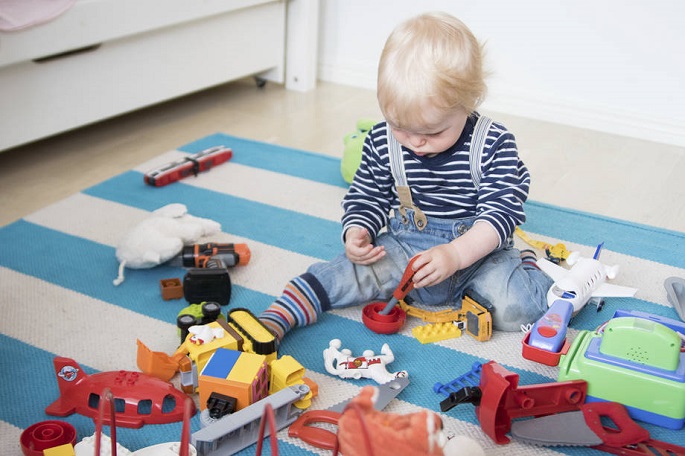98% infants in Finland get 5-in-1 vaccination
Published : 20 Oct 2021, 23:07
The coverage of the vaccinations included in the vaccination programme for young children is still very good in Finland, with the coverage of some of the vaccines having even improved slightly, said the National Institute for Health and Welfare (THL) in a press release on Wednesday.
Unvaccinated children are also still a rarity, according to the Finnish vaccination register.
More than 98%, that is, almost all children born in 2018 have received the 5-in-1 vaccination, which protects them against diphtheria, tetanus, pertussis (whooping cough), polio and Hib diseases.
In many municipalities, all children receive the 5-in-1 vaccination. The coverage is as good as last year’s numbers with children born in 2017.
Around 93% of children born in 2018 have received the vaccine against rotavirus and nearly 97% have received the pneumococcus vaccine. These figures are around the same levels as last year.
“The popularity of both vaccines has been on the rise for several years. I am glad that numbers have especially gone up on the west coast where the vaccination coverage has traditionally been slightly lower than in the rest of Finland”, said Ulpu Elonsalo, Chief Physician at THL.
The popularity of the varicella vaccine has even grown somewhat since last year. Over 83% of the children have received the vaccine, whereas the coverage with children born in 2017 was about 80%.
About 93% of children born in 2018 have received the MMR vaccine, which protects against measles, mumps and rubella, which is slightly less than last year.
Big cities reaching MMR vaccination coverage of more than 95% include Espoo, Kuopio and Jyväskylä. Many smaller municipalities have also reached an excellent coverage of the MMR vaccine.
Unvaccinated children are a rarity in Finland. Children are considered unvaccinated if they have not received any of the rotavirus, pneumococcus, MMR and the 5-in-1 or 4-in-1 vaccines.
Only about one per cent of children have not received any basic vaccinations offered as part of the national vaccination scheme by the age of three. By the time children go to school at the age of 6 or 7, only about 0.7% of them remain unvaccinated.


